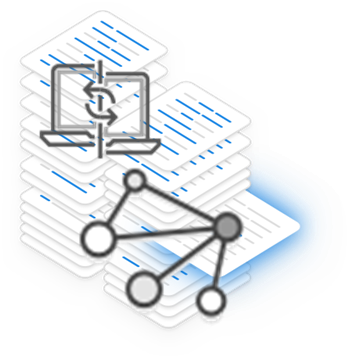
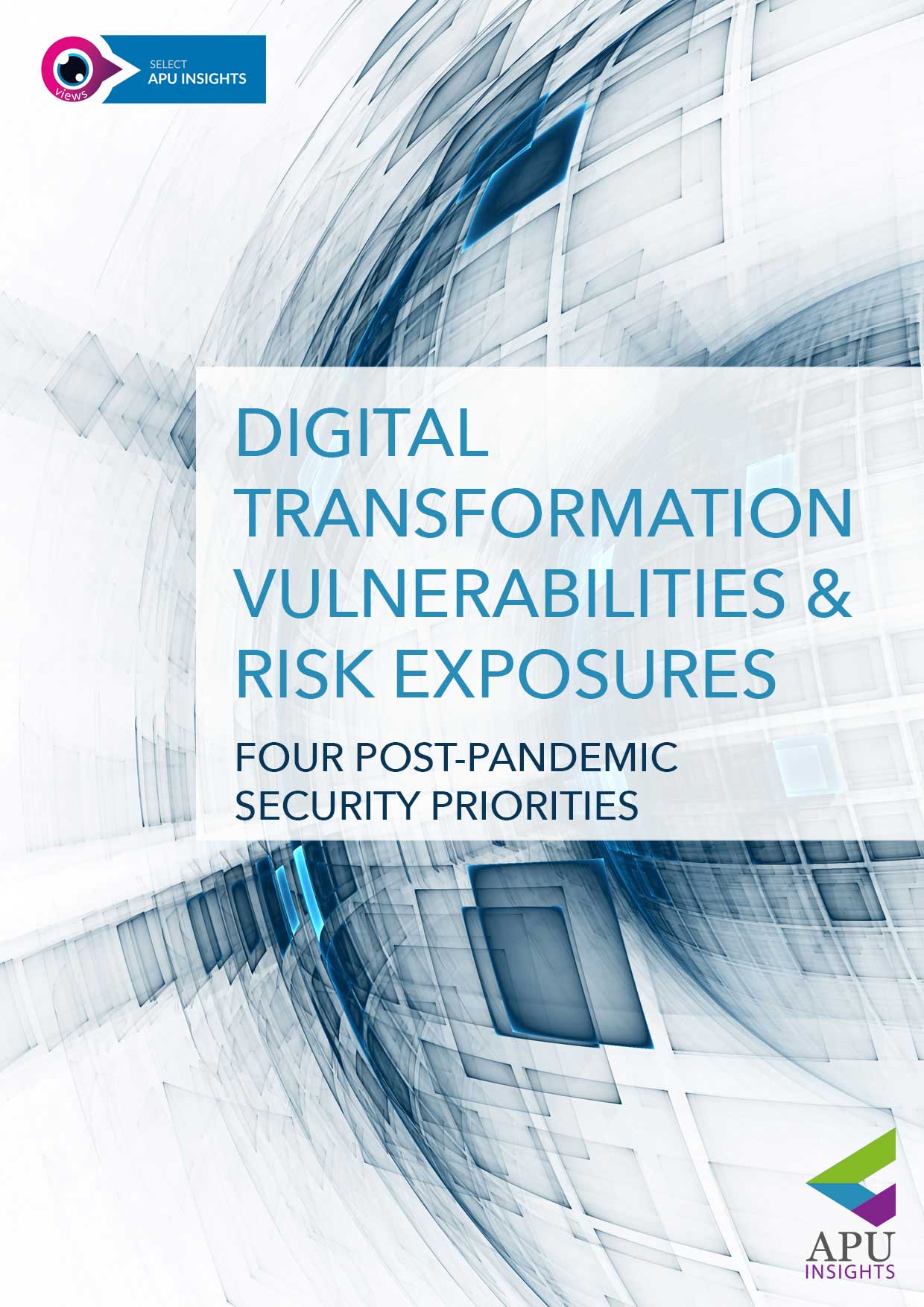
Digital transformation vulnerabilities and risk exposures | Four post-pandemic security priorities
Digital transformation vulnerabilities and risk exposures | Four post-pandemic security priorities
Dr. Evangelo Damigos; PhD | Head of Digital Futures Research Desk
- Cybersecurity
- Post-Covid-19
- Digital Transformation
Publication | Update: Oct 2020

According to Sean Joyce, a Principal in PwC’s Advisory Practice, and Global Cybersecurity and Privacy practice leader, amid pandemic-related disruption, security has become inseparable from digital transformation, for with enabling a remote workforce, shifting their business model to overcome supply chain disruption, or embracing a new digital platform for the first time.
For many companies, the rapid adoption of new technologies to support these transformation initiatives – full-stack cloud, virtual desktop interfaces, identity-based segmentation, and more – has left little time to test new processes or fully address the new threat landscapes they are now confronting.
Vulnerabilities and risk exposures with existing systems within the organization must be proactively remediated from the start, prioritized by the level of threat they pose as well as the value they would add in enabling the adoption of new technologies. Companies are increasingly seeing cybersecurity as non-negotiable – inseparable from digital transformation.
Consider these priorities for building trust with colleagues, customers, and regulators.
1. Build trust internally
Integrating the security function into the larger business will create an environment of trust internally as well. To succeed, executives must:
- Meld their security and business strategies. Especially as new technologies are strategically adopted in response to COVID, cyber must be a partner in the journey.
- Bring CISOs into the fold early when new technological endeavors are being considered rather than when they are already underway.
Indicators from our latest Digital Trust Insights Survey are encouraging, with more than 50 percent of CISOs and CIOs reporting an increase in their communication with the board and C-Suite.
2. Build trust with consumers
As the pandemic has moved so many aspects of work and life online, consumers are increasingly expecting an additional emphasis on cybersecurity and responsible data use. Companies will need to demonstrate that their investments in cybersecurity infrastructure and data storage and collection will be able to meet this growing consumer demand.
Beyond that, organizations will need to show how they not only met but exceeded the bare minimum required by regulators in order to win over consumer trust. And lastly, data privacy and security are increasingly becoming priority items in most organizations’ ESG agendas. The only way to make all this happen is to integrate security protections into all aspects of the business.
3. Build trust with regulators
Good cybersecurity is also a matter of compliance, as regulators increasingly demand more transparency and proactivity. CISOs should be working with legal and public communications teams early and often to help build the narrative for regulators on how their data collection and storage methods go beyond expectations for protecting consumer and employee privacy.
The extent to which CISOs can demonstrate to regulators that they are operating securely and transparently will determine how they are regulated in the years to come.
The extent to which CISOs can demonstrate to regulators that they are operating securely and transparently will determine how they are regulated in the years to come.
US Federal: Regulators are closely observing companies’ pandemic preparedness, continuity, and operational resilience.
US State: The state of California is expected to build on its landmark CCPA privacy legislation with a new measure – the California Privacy Rights Act (CPRA) – up for referendum this November.
Europe: EU courts recently invalidated the Privacy Shield – which had been used for years to enable personal data transfers between the EU and U.S. – setting the stage for immense disruption to international businesses. CISOs will be key in helping companies put in place additional privacy measures to satisfy EU regulators.
4. Build resilience for the next crisis
Security teams were often not included or brought in late for past digital transformation projects, leaving both the teams and their companies underprepared and unequipped for the massive operational shift that came with COVID-19. The companies that incorporated security into their pre-pandemic moves are faring best in today’s environment.
The companies that incorporated security into their pre-pandemic moves are faring best in today’s environment.
As companies continue to accelerate into the cloud to facilitate remote workforces and provide agility and scalability quickly, security teams will need to work double-time and in tandem with teams across their organizations to catch up, first acting as risk mitigators for rapid digital transformation and eventually turning into business enablers whose impact will be felt long after COVID-19 has passed.
These teams will help build resilience by finding answers to the following questions, in preparation for the next crisis:
- How do we ensure a seamless experience for our customers?
- Where are our most important assets/services?
- How are we protecting critical data?
- Who gains access to our network and how?
- What controls must we update to function in a predominantly remote work environment?
Cybersecurity in uncertain times
CISOs, security teams, and companies face an uncertain economic future, an increase in cyber threats and vulnerabilities due to remote work and forced shifts to online platforms, and a quickly evolving regulatory landscape. Through all of this, the trust of their customers, employees, and regulators is at stake. For these reasons, even as resources become increasingly scarce, investment in cybersecurity has never been more important.
Organizations that commit to robust and integrated cybersecurity capabilities will find it to be a differentiator, positioning them as safer and more trustworthy than their competitors. But most importantly, a strong commitment to cybersecurity will enable companies to emerge stronger and better prepared to handle future large-scale disruptions.
Source: The Enterprisers Project
 Digital Themes: Cybersecurity, Post-Covid-19, Digital Transformation
Digital Themes: Cybersecurity, Post-Covid-19, Digital Transformation

HTML
 Access Rights | Content Availability:
Access Rights | Content Availability: 
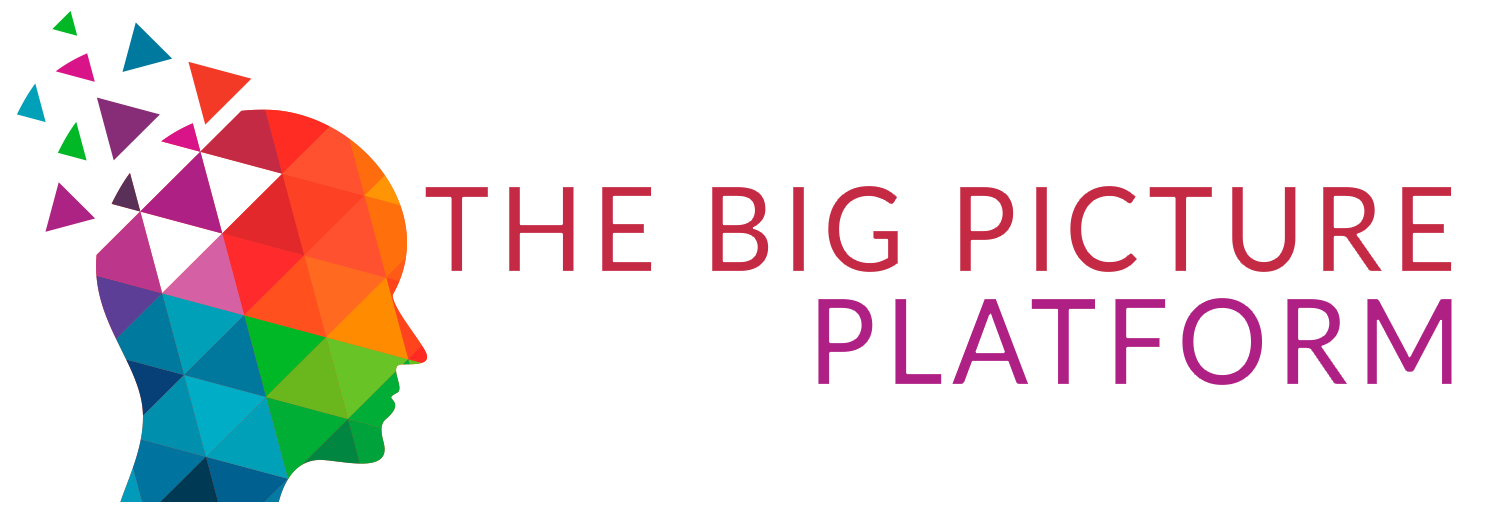

Objectives and Study Scope
This study has assimilated knowledge and insight from business and subject-matter experts, and from a broad spectrum of market initiatives. Building on this research, the objectives of this market research report is to provide actionable intelligence on opportunities alongside the market size of various segments, as well as fact-based information on key factors influencing the market- growth drivers, industry-specific challenges and other critical issues in terms of detailed analysis and impact.
The report in its entirety provides a comprehensive overview of the current global condition, as well as notable opportunities and challenges.
The analysis reflects market size, latest trends, growth drivers, threats, opportunities, as well as key market segments. The study addresses market dynamics in several geographic segments along with market analysis for the current market environment and future scenario over the forecast period.
The report also segments the market into various categories based on the product, end user, application, type, and region.
The report also studies various growth drivers and restraints impacting the market, plus a comprehensive market and vendor landscape in addition to a SWOT analysis of the key players.
This analysis also examines the competitive landscape within each market. Market factors are assessed by examining barriers to entry and market opportunities. Strategies adopted by key players including recent developments, new product launches, merger and acquisitions, and other insightful updates are provided.
Research Process & Methodology

We leverage extensive primary research, our contact database, knowledge of companies and industry relationships, patent and academic journal searches, and Institutes and University associate links to frame a strong visibility in the markets and technologies we cover.
We draw on available data sources and methods to profile developments. We use computerised data mining methods and analytical techniques, including cluster and regression modelling, to identify patterns from publicly available online information on enterprise web sites.
Historical, qualitative and quantitative information is obtained principally from confidential and proprietary sources, professional network, annual reports, investor relationship presentations, and expert interviews, about key factors, such as recent trends in industry performance and identify factors underlying those trends - drivers, restraints, opportunities, and challenges influencing the growth of the market, for both, the supply and demand sides.
In addition to our own desk research, various secondary sources, such as Hoovers, Dun & Bradstreet, Bloomberg BusinessWeek, Statista, are referred to identify key players in the industry, supply chain and market size, percentage shares, splits, and breakdowns into segments and subsegments with respect to individual growth trends, prospects, and contribution to the total market.
Research Portfolio Sources:
Global Business Reviews, Research Papers, Commentary & Strategy Reports
M&A and Risk Management | Regulation
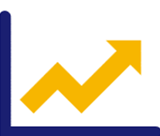
The future outlook “forecast” is based on a set of statistical methods such as regression analysis, industry specific drivers as well as analyst evaluations, as well as analysis of the trends that influence economic outcomes and business decision making.
The Global Economic Model is covering the political environment, the macroeconomic environment, market opportunities, policy towards free enterprise and competition, policy towards foreign investment, foreign trade and exchange controls, taxes,
financing, the labour market and infrastructure.
We aim update our market forecast to include the latest market developments and trends.
Review of independent forecasts for the main macroeconomic variables by the following organizations provide a holistic overview of the range of alternative opinions:
As a result, the reported forecasts derive from different forecasters and may not represent the view of any one forecaster over the whole of the forecast period. These projections provide an indication of what is, in our view most likely to happen, not what it will definitely happen.
Short- and medium-term forecasts are based on a “demand-side” forecasting framework, under the assumption that supply adjusts to meet demand either directly through changes in output or through the depletion of inventories.
Long-term projections rely on a supply-side framework, in which output is determined by the availability of labour and capital equipment and the growth in productivity.
Long-term growth prospects, are impacted by factors including the workforce capabilities, the openness of the economy to trade, the legal framework, fiscal policy, the degree of government regulation.
Direct contribution to GDP
The method for calculating the direct contribution of an industry to GDP, is to measure its ‘gross value added’ (GVA); that is, to calculate the difference between the industry’s total pretax revenue and its total boughtin costs (costs excluding wages and salaries).
Forecasts of GDP growth: GDP = CN+IN+GS+NEX
GDP growth estimates take into account:

Market Quantification
All relevant markets are quantified utilizing revenue figures for the forecast period. The Compound Annual Growth Rate (CAGR) within each segment is used to measure growth and to extrapolate data when figures are not publicly available.
Revenues
Our market segments reflect major categories and subcategories of the global market, followed by an analysis of statistical data covering national spending and international trade relations and patterns. Market values reflect revenues paid by the final customer / end user to vendors and service providers either directly or through distribution channels, excluding VAT. Local currencies are converted to USD using the yearly average exchange rates of local currencies to the USD for the respective year as provided by the IMF World Economic Outlook Database.
Industry Life Cycle Market Phase
Market phase is determined using factors in the Industry Life Cycle model. The adapted market phase definitions are as follows:

The Global Economic Model
The Global Economic Model brings together macroeconomic and sectoral forecasts for quantifying the key relationships.
The model is a hybrid statistical model that uses macroeconomic variables and inter-industry linkages to forecast sectoral output. The model is used to forecast not just output, but prices, wages, employment and investment. The principal variables driving the industry model are the components of final demand, which directly or indirectly determine the demand facing each industry. However, other macroeconomic assumptions — in particular exchange rates, as well as world commodity prices — also enter into the equation, as well as other industry specific factors that have been or are expected to impact.
Forecasts of GDP growth per capita based on these factors can then be combined with demographic projections to give forecasts for overall GDP growth.
Wherever possible, publicly available data from official sources are used for the latest available year. Qualitative indicators are normalised (on the basis of: Normalised x = (x - Min(x)) / (Max(x) - Min(x)) where Min(x) and Max(x) are, the lowest and highest values for any given indicator respectively) and then aggregated across categories to enable an overall comparison. The normalised value is then transformed into a positive number on a scale of 0 to 100. The weighting assigned to each indicator can be changed to reflect different assumptions about their relative importance.

The principal explanatory variable in each industry’s output equation is the Total Demand variable, encompassing exogenous macroeconomic assumptions, consumer spending and investment, and intermediate demand for goods and services by sectors of the economy for use as inputs in the production of their own goods and services.
Elasticities
Elasticity measures the response of one economic variable to a change in another economic variable, whether the good or service is demanded as an input into a final product or whether it is the final product, and provides insight into the proportional impact of different economic actions and policy decisions.
Demand elasticities measure the change in the quantity demanded of a particular good or service as a result of changes to other economic variables, such as its own price, the price of competing or complementary goods and services, income levels, taxes.
Demand elasticities can be influenced by several factors. Each of these factors, along with the specific characteristics of the product, will interact to determine its overall responsiveness of demand to changes in prices and incomes.
The individual characteristics of a good or service will have an impact, but there are also a number of general factors that will typically affect the sensitivity of demand, such as the availability of substitutes, whereby the elasticity is typically higher the greater the number of available substitutes, as consumers can easily switch between different products.
The degree of necessity. Luxury products and habit forming ones, typically have a higher elasticity.
Proportion of the budget consumed by the item. Products that consume a large portion of the
consumer’s budget tend to have greater elasticity.
Elasticities tend to be greater over the long run because consumers have more time to adjust their behaviour.
Finally, if the product or service is an input into a final product then the price elasticity will depend on the price elasticity of the final product, its cost share in the production costs, and the availability of substitutes for that good or service.
Prices
Prices are also forecast using an input-output framework. Input costs have two components; labour costs are driven by wages, while intermediate costs are computed as an input-output weighted aggregate of input sectors’ prices. Employment is a function of output and real sectoral wages, that are forecast as a function of whole economy growth in wages. Investment is forecast as a function of output and aggregate level business investment.

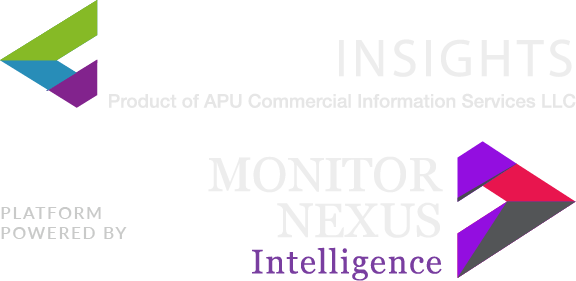
 Industry: Post-COVID-19-Jumpstart
Industry: Post-COVID-19-Jumpstart 